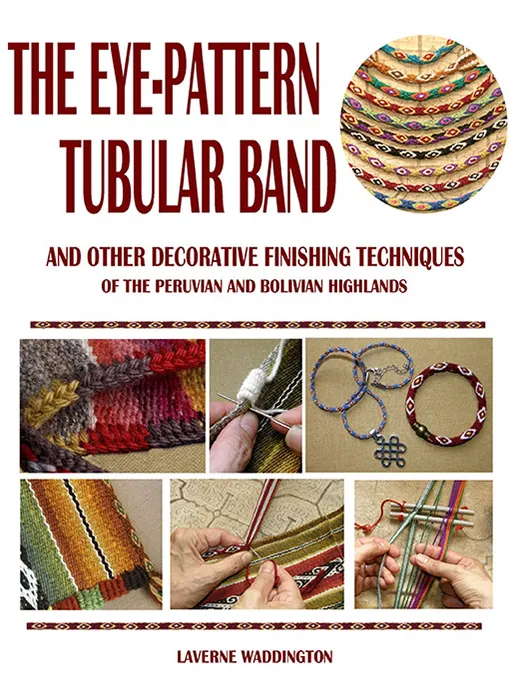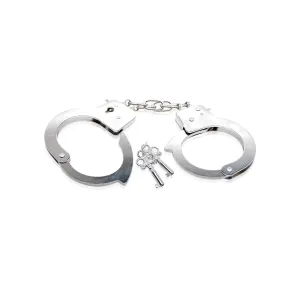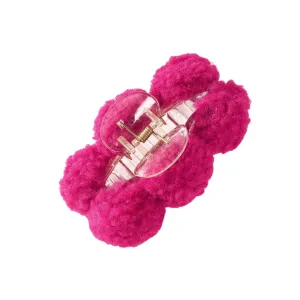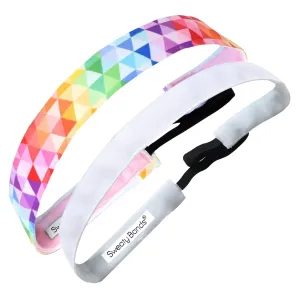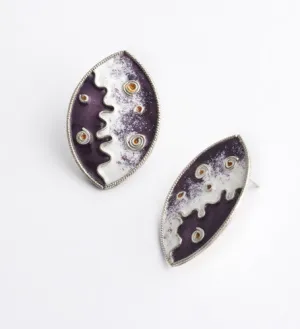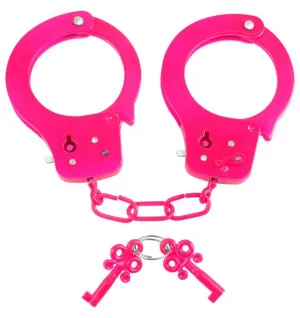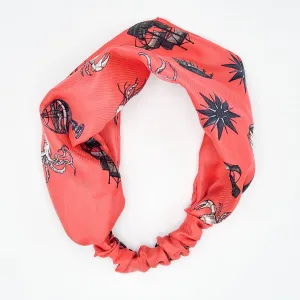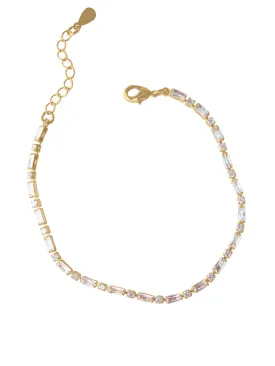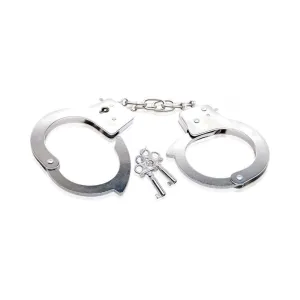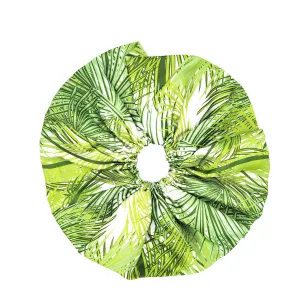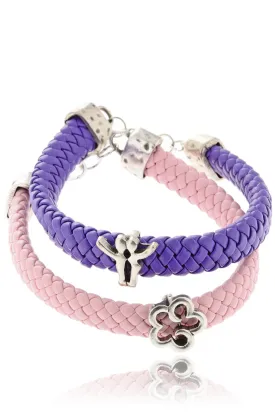Bangles, bracelets, necklaces, fobs for keys and tools, shoe laces, straps and drawstrings for pouches, lanyards and eye-glass holders.... these are just some of the things that can be made using the woven eye-patterned tubular band. The bands can be as subdued or as colorful as you like using a minimum of two, or up to five and even more colors. Go on to learn how both commercial and handwoven cloth can be beautifully edged and decorated with the traditional finishing techniques used by weavers in the Bolivian and Peruvian highlands.
In the highlands of Bolivia and Peru, removing a piece of handwoven cloth from the loom is cause for celebration. However it often also signals the end of just one part of the process and a whole new beginning of another which involves finishing the pieces with a series of colorful embellishments, such as this eye-pattern tubular band. The band is dotted with multi-color diamond or "eye" shapes, (ñawi, in the Quechua language of the Peruvian and Bolivian highlands).
Dozens of step-by-step photos, diagrams and drawings in this ebook will take you through the process of weaving the bands as independent tubes for jewelry and accessories, or for using them in the more traditional way in which they are woven and sewn to cloth as a decorative and functional finish.
Traditionally, the warp for these bands is attached to the weaver's waist, or even more simply, suspended between a finger and toe! However, when it is woven as an independent tube, the warp for the band can be easily set up and worked on an inkle loom or any other loom or frame that allows you to adjust tension for take-up. Full instructions for weaving the band as an independent tube on an inkle loom are included in the book.




